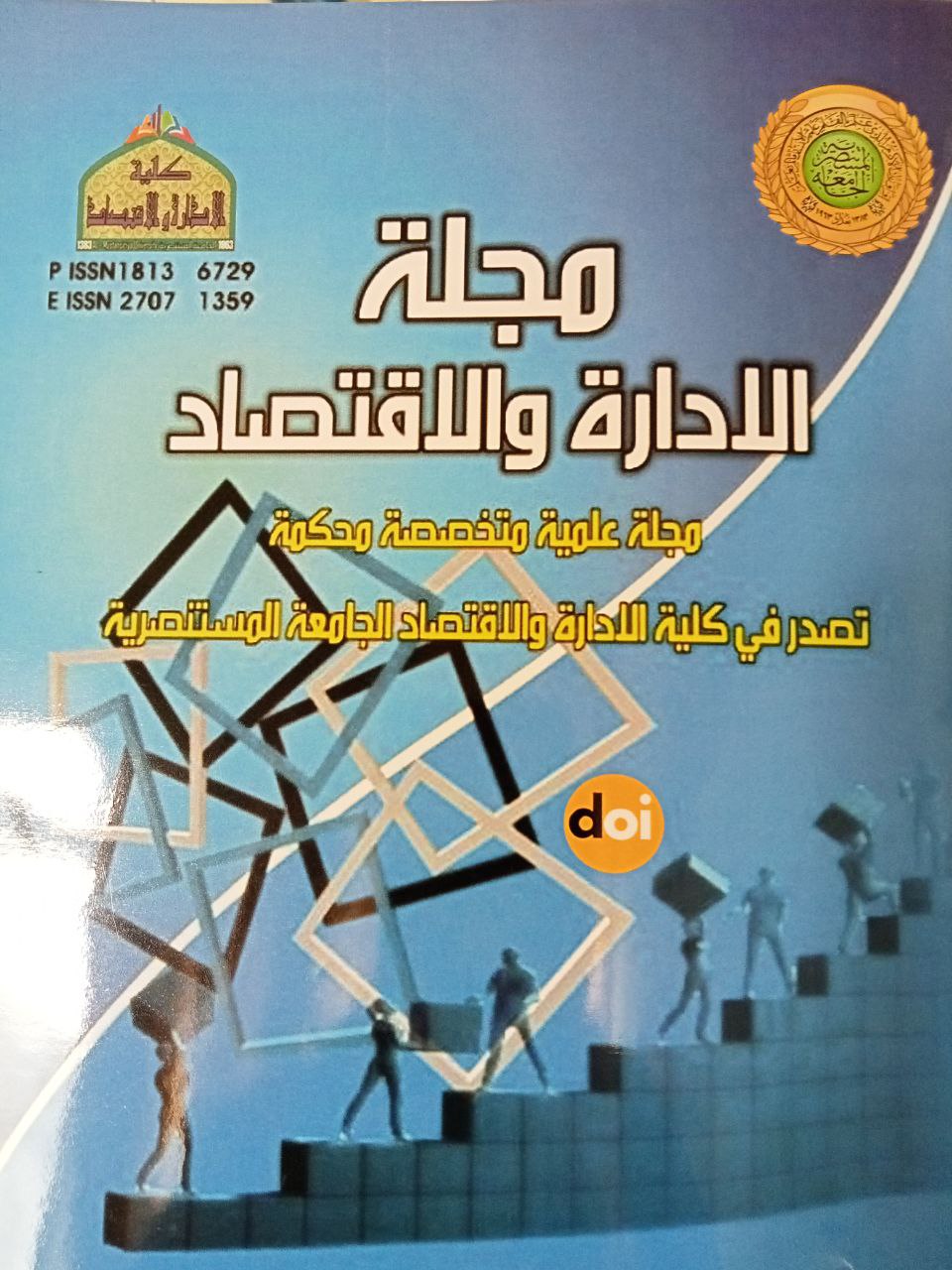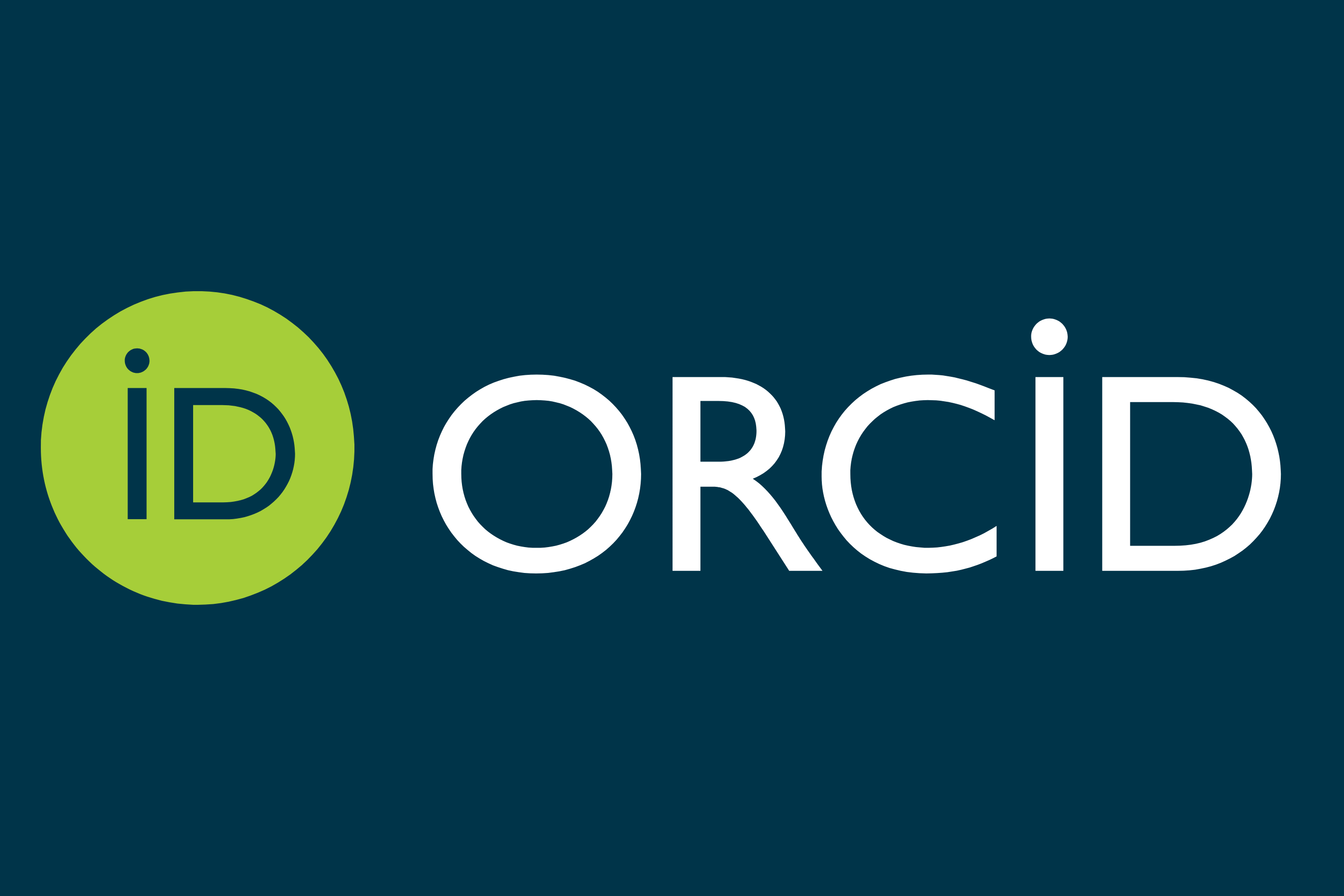دور تكنولوجيا النانو في تحقيق ابعاد التنمية المستدامة
DOI:
https://doi.org/10.31272/jae.i129.63Keywords:
تكنولوجيا النانو, المواد النانوية, التنمية المستدامة.Abstract
Nanotechnology is one of the latest in technological and scientific development in recent years, as it is the second industrial revolution that will contribute to achieving the economic, environmental and social dimensions of sustainable development by reducing industrial waste and then getting rid of industrial pollution and improving the efficiency of the use of available economic resources. The point of view The aim of the research is to introduce nanotechnology, what it is and the areas of its application in the industrial sector in general and in Iraq in particular, and to indicate the extent to which it can be used to support and achieve the economic, environmental and social dimensions of sustainable development. By reducing consumed resources.
Downloads
References
اولاً-المصادر العربية
1. البيرماني, علي مهدي عباس, " دور تكنولوجيا النانو يف بناء القدرات التنافسية مع إشارة خاصة للعراق", كلية الادارة والاقتصاد ,جامعة كربلاء, 2016.
2. الحبشي, نهى علوي ابو بكر, ماهي تقنية النانو, المملكة العربية السعودية,2011.
3. الركابي والذهب, علي خلف سلمان, جليلة عيدان, "استعمال بطاقة العلامات المتوازنة لدعم التنمية المستدامة", المؤتمر العربي السنوي العام الاول"واقع مهنة المحاسبة بين التحديات والطموح" بغداد - جمهورية العراق,2014.
4. الطيار, شيماء علي, " إنموذج مقترح لتطبيق محاسبة النانو باستعمال الطباعة ثلاثية الأبعاد في الشركة العامة للصناعات الكهربائية", المعهد العالي للدراسات المحاسبية والمالية, جامعة بغداد, 2016.
5. هزيلي , رابح ,"إستراتيجية التنمية المستدامة في تخطيط المدن الجديدة: الجزائر نموذجا" جامعة قسنطينة ,مجلة العلوم الاجتماعية العدد 21 ديسمبر 2015. DOI: https://doi.org/10.53418/1726-000-021-012
ثانيا- المصادر الاجنبية
1. Alain Nouailhat, An Introduction to Nanoscience and Nanotechnology, John Wiley & Sons, Inc., USA,2008. http://onlinelibrary.wiley.com/doi/10.-1002/9780470610954.fmatter/pdf DOI: https://doi.org/10.1002/9780470610954
2. B.I. Harman, H. Koseoglu, N.O. Yigit, M. Beyhan, M. Kitis, "The use of iron oxide-coated ceramic membranes in removing natural organic matter and phenol from waters", Science Direct journal, 2010. DOI: https://doi.org/10.1016/j.desal.2010.05.052
3. C. Bai, E. Gerstner et.al , SMALL SCIENCEIN BIG CHINA, An overview of the state of Chinese nanoscience and technology, The National Science Library- Chinese Academy of Sciences & Springer Nature, 2017.
4. Das, R., Ali, M. E., Hamid, S. B. A., Ramakrishna, S., & Chowdhury, Z. Z). “Carbon nanotube membranes for water purification: a bright future in water desalination. Desalination”2014. DOI: https://doi.org/10.1016/j.desal.2013.12.026
5. JE. Hulla, SC. Sahu & AW. Hayes, Nanotechnology: History and future, Human and Experimental Toxicology,2015. DOI: https://doi.org/10.1177/0960327115603588
6. Kris Walker ,"What is Green Nanotechnology?”, Jan/ 29/ 2013 http://www.azocleantech.com/article.aspx?ArticleID=330
7. L. X. ZHENG, M. J. O’CONNELL et.al. , Ultralong single-wall carbon nanotubes, USA, 2004.
8. Luisa Filipponi and Duncan Sutherland. NANOTECHNOLOGIES: Principles, Applications, Implications and Hands-on Activities .European Commission for Directorate-General for Research and Innovation Industrial technologies (NMP) programme. Luxembourg.2013 http://ec.europa.eu/research/industrial_technologies/pdf/nano-hands-on-activities_en.pdf
9. Luther, Application of Nanotechnologies in the Energy Sector, Hessian ministry of economy, transport, urban and development, Germany, volume9, 2008. https://www.technologielandhessen.de/mm/NanoEnergy_web.pdf
10. Michel Berger: Nanotechnology's potential to reduce greenhouse gases, 2007,site: http://www.nanowerk.com/spotlight/spotid=2225.php
11. PRESS RELEAS, UN General Assembly’s Open Working Group proposes sustainable development goals. 2015 2020/2/21 https://sustainabledevelopment.un.org/content/documents/4538pressowg13.pdf
12. S.Hernández-Moreno, S.C. Solachede la Torre, NANO TECHNOLO-GICAL PRODUCTS IN ARCHITECTURE AND CONSTRUCTION, Universidad Autónoma del Estado de México, 2017.
13. Vajtai ,Robert - Springer Handbook of Nanomaterials -Springer Science & Business Media,USA, 2013. DOI: https://doi.org/10.1007/978-3-642-20595-8
ثالثا- المواقع الالكترونية
1. تكنولوجيا النانو تحت مِـجهر المُـستهلِـكين في سويسرا, 29 نوفمبر 2011, https://www.swissinfo.ch/ara/ تاريخ زيارة الموقع:2020/2/15
2. (https://ro-blog.com/nanotechnology-for-water-treatment (
3. الامم المتحدة,2020, https://www.un.org/ar/sections/what-we-do/promote- sustainable-development/index.html . تاريخ الزيارة(22/2/2020)
4. https://en.wikipedia.org/wiki/Nanotechnology
5. https://units.imamu.edu.sa/committees/Pcpep/news/Pages/8-3-2017 . تطبيقات الجسيمات متناهية الصغر (النانو) في البيئة, اللجنة الدائمة للوقاية من الإشعاع والتلوث البيئي, المملكة العربية السعودية, 2017.
6. Nanotechnology in Food تاريخ زيارة الموقع 2020/3/12 https://www.understandingnano.com/food.html
7. (http://maaber.50megs.com/issue_may10/deep_ecology1.htm)2

Downloads
Published
Issue
Section
License
Copyright (c) 2022 Journal of Administration and Economics

This work is licensed under a Creative Commons Attribution 4.0 International License.
The journal of Administration & Economics is an open- access journal that all contents are free of charge. Articles of this journal are licensed under the terms of the Creative Commons Attribution International Public License CC-BY 4.0 (https://creativecommons.org/licenses/by/4.0/legalcode) that licensees are unrestrictly allowedto search, download, share, distribute, print, or link to the full text of the articles, crawl them for indexing and reproduce any medium of the articles provided that they give the author(s) proper credits (citation). The journal allows the author(s) to retain the copyright of their published article.
Creative Commons-Attribution (BY)









